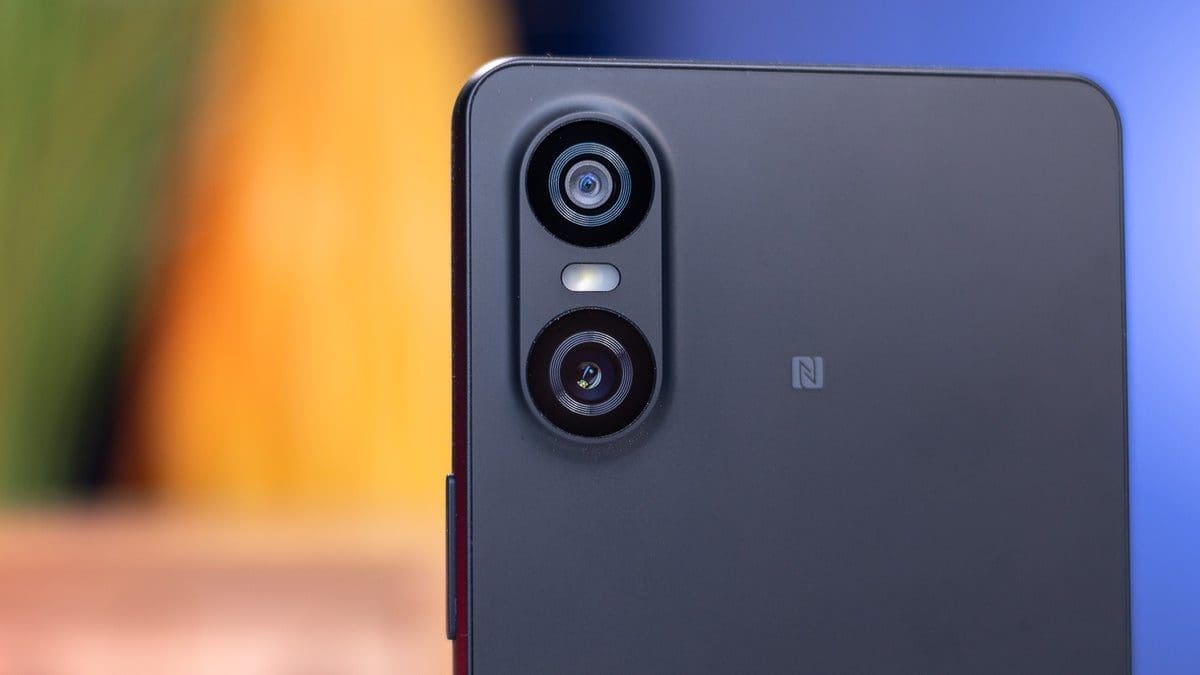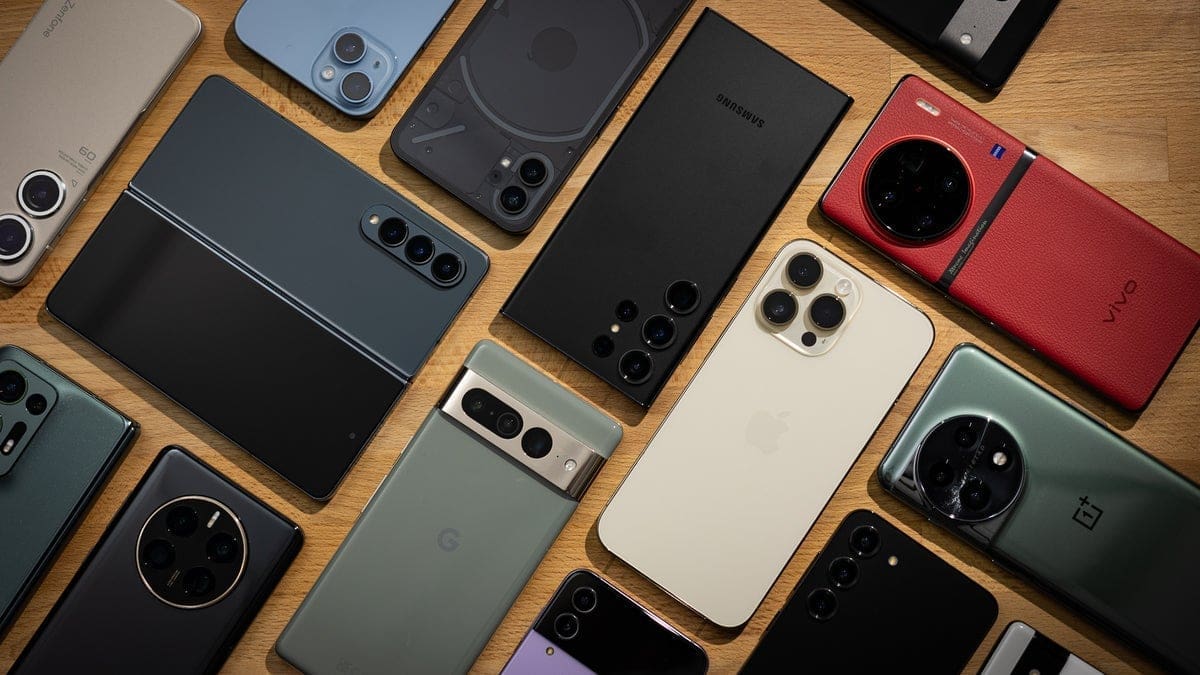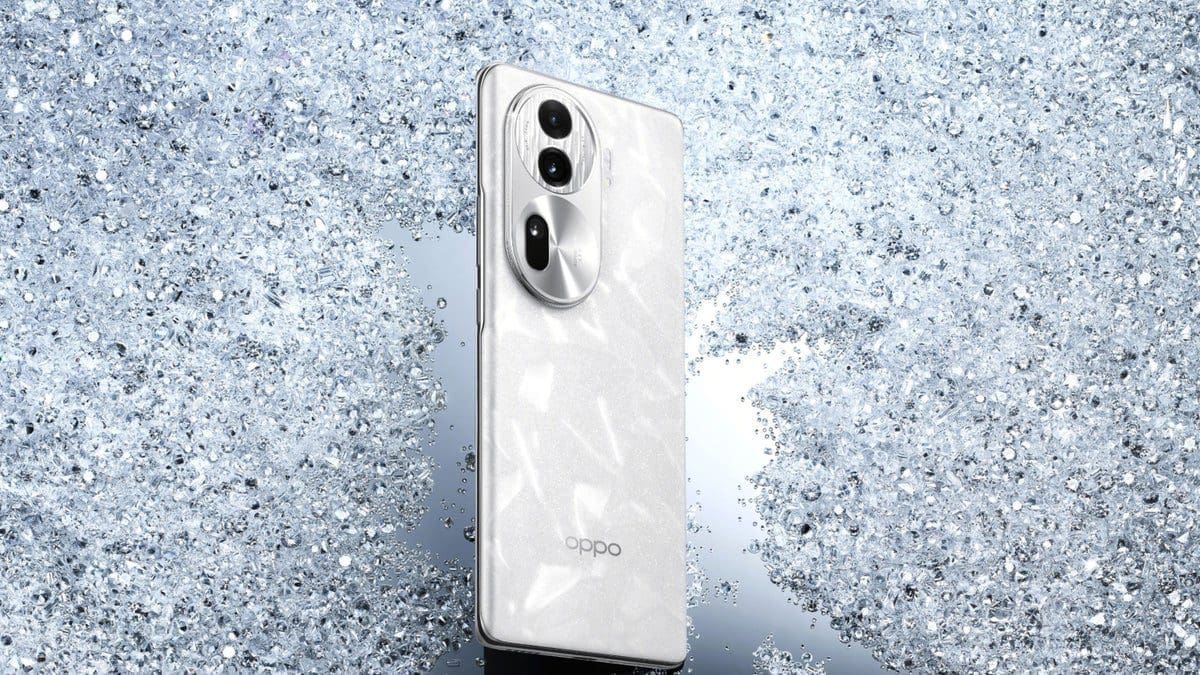Huawei is facing a new issue that doesn’t stem from U.S. sanctions. The South China Morning Post reports that the company is struggling to meet the demand for its Mate 60 series, which was unveiled at the end of August. These new handsets are notable for being the first models from Huawei powered by the company’s own 5G Kirin chips since the Mate 40 line in 2020. Export rules from the U.S. have prevented foundries using American tech from producing chips for Huawei since then.
The previous flagship series released by Huawei, the Mate 50, and this year’s P60 line both had the 4nm Qualcomm Snapdragon 8+ Gen 1 application processor (AP) which did not work with 5G networks. Huawei received a license from the U.S. Commerce Department allowing the import of these chips. When the Mate 60 line was introduced, questions were raised about how China’s largest foundry, SMIC, was able to produce the 7nm Kirin 9000s chip for Huawei, which remains a mystery.
According to Dylan Patel, chief analyst at semiconductor research firm SemiAnalysis, SMIC had good yields on its 7nm production line, suggesting that the company is not far behind other major chip manufacturers. Consumer reaction in China to the announcement of the Mate 60 series was high, with pre-orders being taken due to the high demand. Huawei has even offered a subscription plan in China, promising delivery of their new Mate 60 series phone no more than 90 days after a pre-order is submitted.
The demand-supply balance is skewed in favor of demand for the Mate 60 series more so because it is Huawei’s first 5G phone since 2020 rather than the Kirin 9000s chip yields. Research firm Canalys reported that from the end of August to November 7, Huawei sold 2.5 million units of the Mate 60 series, with the Mate 60 Pro accounting for 60% of those sales.
Despite the high demand, the Mate 60 series continues to experience supply shortages, limiting daily sales according to Counterpoint’s senior analyst Ivan Lam. This is not a completely new scenario for Huawei, as the Mate 40 series had similar supply issues following its release in 2020.











